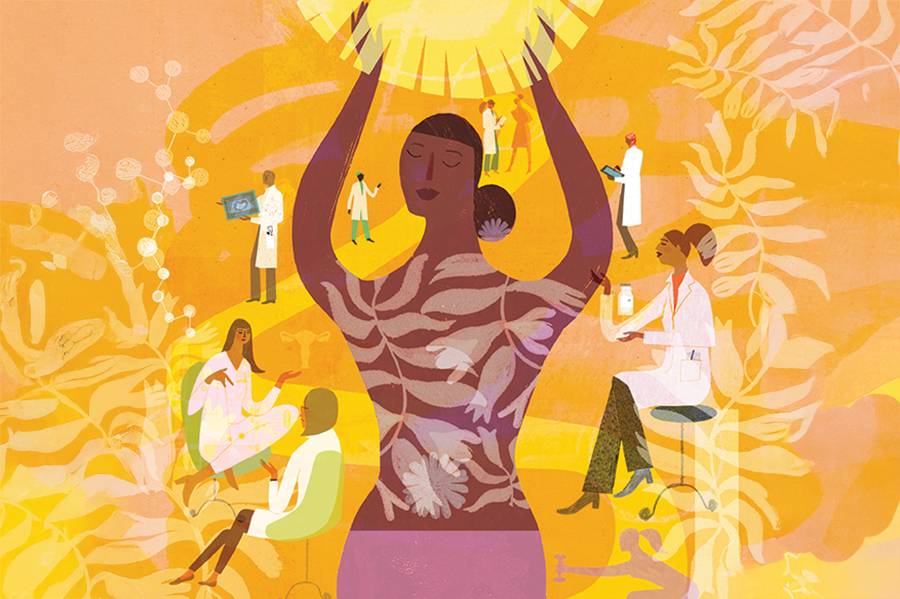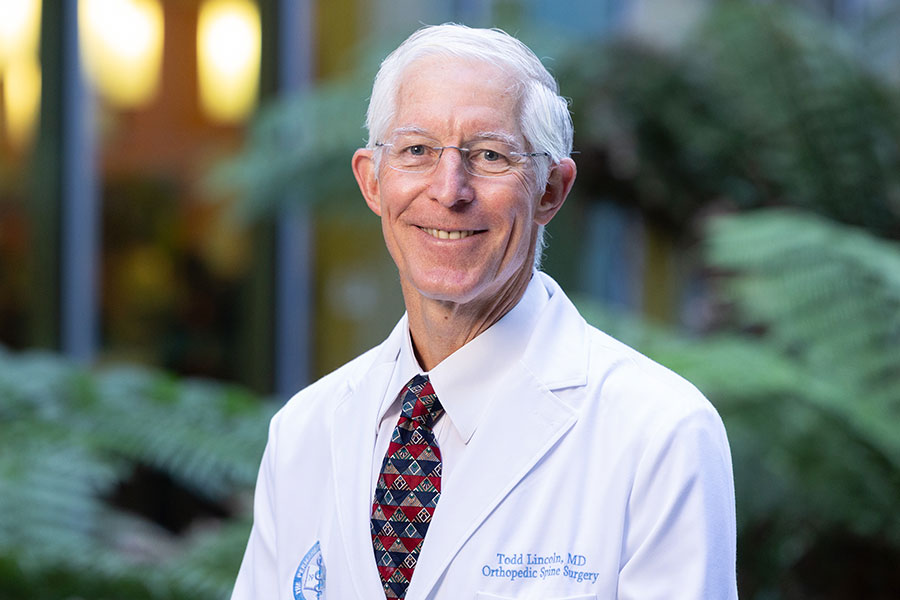Sacramento Bee – January 12, 2017
When Daisy Manzo was a little girl, she mastered the art of faking colds and stomachaches so she could be taken to the local clinic and see doctors at work. There, she ogled the medical professionals bringing comfort to the ill and injured, while dreaming of the day she’d wear a white coat of her own.
She had no way of knowing how much time, money and determination it would take to get there, she said. When the Modesto-born child of Mexican immigrants got into UC Davis on a scholarship, she was ecstatic. But once on campus, the classes were much harder than what she’d taken in high school and she felt like she was falling behind other pre-medical students, who had been shadowing doctors in clinics while she’d been working at the local Dollar Tree to support her family, she said.
“I felt like (the advisers) didn’t understand my struggles,” she said. “I was discouraged from pursuing a career in medicine because they didn’t see me as being up to par with my pre-med colleagues. … I felt like it was trial and error because I just didn’t know how it worked.”
Manzo faced the kinds of financial and social obstacles that have blocked other aspiring Latino professionals from entering the field and serving Spanish-speaking communities in California. As the state’s Latino population continues to expand and older Latino physicians move toward retirement, hospitals and medical schools are responding to the need by charging forward with plans to recruit the next generation of Spanish-speaking medical professionals.
Manzo, 24 and a first-year medical student at UC Davis, volunteers at a midtown Sacramento facility for Latino patients and wears her white coat proudly. She said she worries whether enough medical school students will step up to serve communities that often go without proper medical care because they can’t find medical professionals they understand or trust.
“I always see patients who resemble my own family. I see my grandmother in these patients, my mom, my brother, my sister,” she said. “At the end of the day they don’t have other places to go. … We need more places like this. We need more physicians willing to work with these populations.”
The midtown clinic, called Clínica Tepati, is staffed by a mix of people hoping to meet that need — volunteer undergraduates, medical students and supervising physicians. Since the launch of the Affordable Care Act, which gave thousands of previously uninsured Latino residents much-needed access to physicians, demand has spiked for the free checkups, counseling and minor medical procedures offered at the clinic, students said.
In California, 69 percent of Latino adults are overweight or obese, which puts them at additional risk for diabetes, hypertension, cardiovascular disease, stroke and some cancers, according to the California Pan-Ethnic Health Network. At the same time, the state’s Latino population enjoys health advantages such as the lowest rates of infant mortality among any ethnic group and the longest average lifespan — outcomes that experts attribute to strong family networks and other cultural factors.
Latino doctors have historically been underrepesented in the state’s physician workforce — a problem highlighted last fall in a report from the Latino Physicians of California. The statewide advocacy group pushes for better college preparatory programs for young Latino students, more financial assistance for medical school hopefuls and, ultimately, a healthier ratio of Latino physicians to Latino patients.
In California, just 6 percent of doctors identify as Latino, compared with almost 40 percent of all state residents. Latinos were underrepresented among doctors in every California county, according to a Sacramento Bee analysis of data from the California Medical Board. About 29 percent of Californians speak Spanish at home, but less than 20 percent of the state’s physicians speak the language, according to the Latino Physicians of California report.
Black physicians are also in short supply in most counties, although some counties have relatively few black residents.
White doctors and Asian doctors are overrepresented. Fifty-two percent of the state’s physicians are white, compared with about 38 percent of the state’s residents; 31 percent of doctors are Asian, compared with 15 percent of the state’s residents.
Sergio Aguilar-Gaxiola, director of UC Davis’ Center for Reducing Health Disparities who helped produce the Latino physicians report, said the problem will only get worse if urgent measures aren’t taken.
“These dire situations require thinking out of the box,” he said. “What is critically important from a health perspective is to provide health services that are comprehensive and that are adequate. That’s not happening with some population groups.”
Patients are more likely to follow doctor’s recommendations when they understand the language, but there are also more nuanced needs in the Latino population that only physicians from the same background are likely to understand, said David Acosta, associate vice chancellor of diversity and inclusion at UC Davis. For example, some Latino patients may be treating their own illnesses with alternative healing methods such as herbs and traditional foods that could interfere with certain prescriptions, but may be afraid to mention those beliefs and treatments to a white doctor.
“If a patient knew I was Latino and I spoke to them in their language, they may share with me something they may not share with someone who doesn’t understand the cultures and beliefs of the Latino population,” Acosta said. “Racial and ethnic minorities think of illness through a cultural narrative.”
To help propel Latino students, UC Davis teamed up with The Permanente Medical Group to create the Prep Médico program, which launched last summer. The program offers health courses, lectures and shadowing opportunities to low-income freshman and sophomore students from Central and Northern California who can demonstrate a commitment to serving Latino patients. Students, many of whom are the first in their families to pursue higher education, leave their six-week stay on the campus in Davis with basic medical skills and a thorough understanding of what it takes to pursue a medical career, Acosta said.
For students who are further along in their career path, Prep Médico offers targeted research opportunities and financial support for MCAT preparation. Kaiser Permanente also runs a four-week clinical teaching program for fourth-year medical students who speak Spanish and are passionate about serving the Latino population.
Martha Plascencia, an Antelope resident who mostly speaks Spanish in her daily life, said Clínica Tepati is the only place she goes to for medical care, both because she can communicate in her native language and because she feels at ease around the physicians.
On Saturday, she met with medical student José Acosta about the pain she was experiencing in her abdomen, chest and back. Conducting the visit entirely in Spanish, Acosta asked Plascencia questions about her medications and about the level and frequency of the pain, occasionally listening to her breathing or applying pressure to her abdomen.
“I speak a little English, but with medical words I don’t know how to do much in English,” said Plascencia, 37. “It’s more comfortable here.”
Dr. José Arévalo, a Sutter physician and chairman of Latino Physicians of California, said he’s heard horror stories of language mishaps in medical settings, including one patient whose English-speaking physician erroneously translated an anemia diagnosis into the word “leukemia” in Spanish. Thinking she was near death, the patient moved back to her hometown in Mexico to be with family, only to find out from doctors there that the condition was not serious.
“We’re not saying Latinos should only be cared for by Latino doctors,” he said. “What we’re saying is that if we have disparities, that does generate some serious issues that could be addressed by improving those (Latino physician) numbers.”






